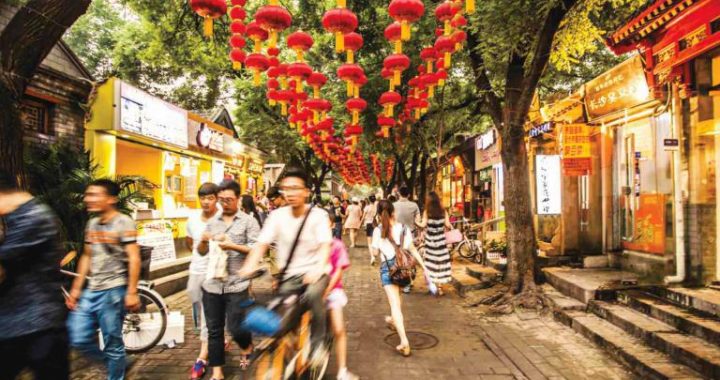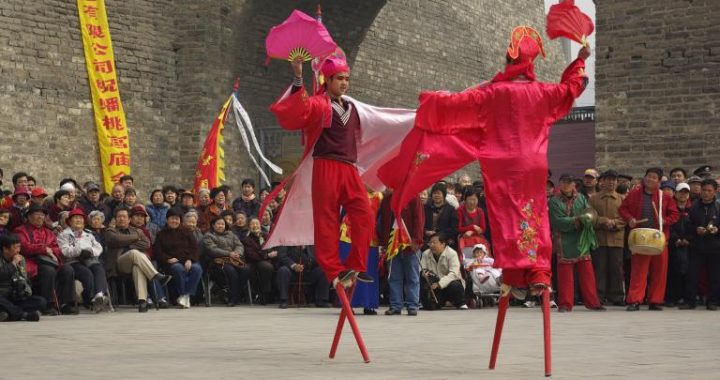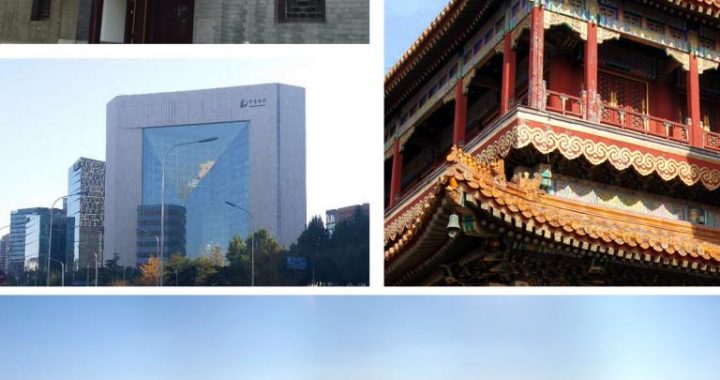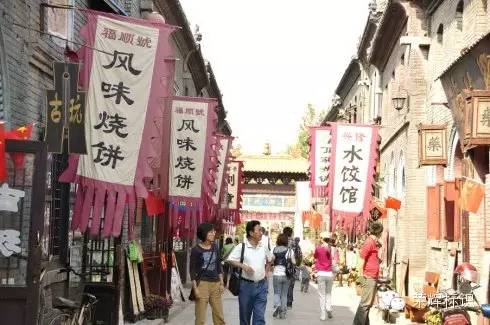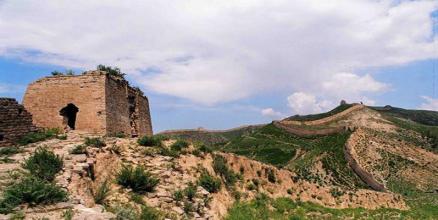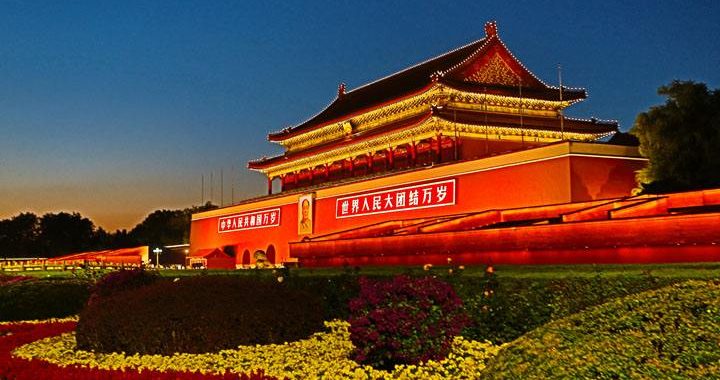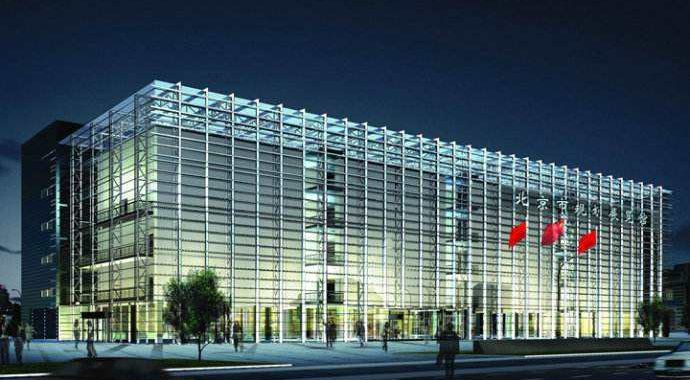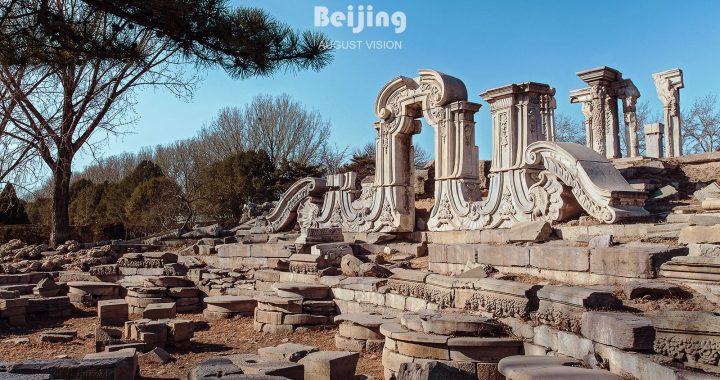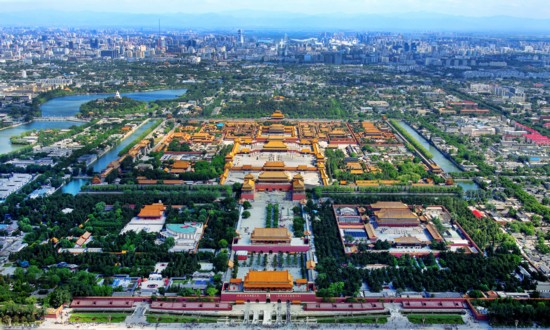798 Art Zone Artistic rebirth
2 min readThe Dashanzi factory complex was vacated around the time when most of Beijing’s contemporary artist communities were looking for a 4
new home.Avant-garde art had been frowned upon by the government |i and the community had traditionally existed on the fringes of the city.
From 1984 to 1995,they worked in run-down houses near the Old Summer Palace(Yuanmingyuan)in northwestern Beijing.Many then moved to the eastern Tongxian County(now Tongzhou District),more than an hour’s drive from the city center.
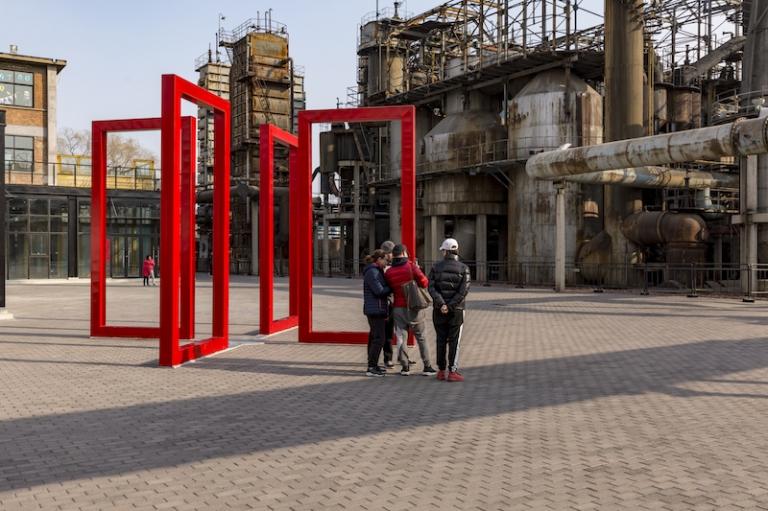
Then in 1995,China Central Academy of Fine Arts(CAFA),looking for cheap and ample workshop space away from downtown,set up in the now defunct Factory 706.The temporary move became permanent and in 2000 Sui Jianguo,Dean of the Department of Sculpture,located his own studio in the area.The cluttered sculpture workshops have always remained open for visitors to peek at the dozens of workers milling about.
In 2001,Texan Robert Bernell moved his Timezone 8 Art Books bookshop and publishing office(founded in 1997)into a former factory canteen;he was the first foreigner to move in.Through word-of-mouth,artists and designers started trickling in,attracted to the vast cathedral-like spaces.Despite the lack of any conscious aesthetic in the Bauhaus-inspired style,which grounded architectural beauty in practical industrial function,the swooping arcs and soaring chimneys had an uplifting effect on modern eyes,a sort of post-industrial chic.
Later that year,Mr.Tabata Yukihito from Japan’s Tokyo Gallery set up Beijing Tokyo Art Projects(BTAP)inside a division of 400-m2 at 798’s main area;this was the first renovated space featuring the high arched ceilings that has become synonymous with the Art District.BTAP’s 2002 opening exhibition“Beijing Afloat”(curator:Feng Boyi)drew a crowd of over 1,000 people and marked the beginning of the popular infatuation with the area.
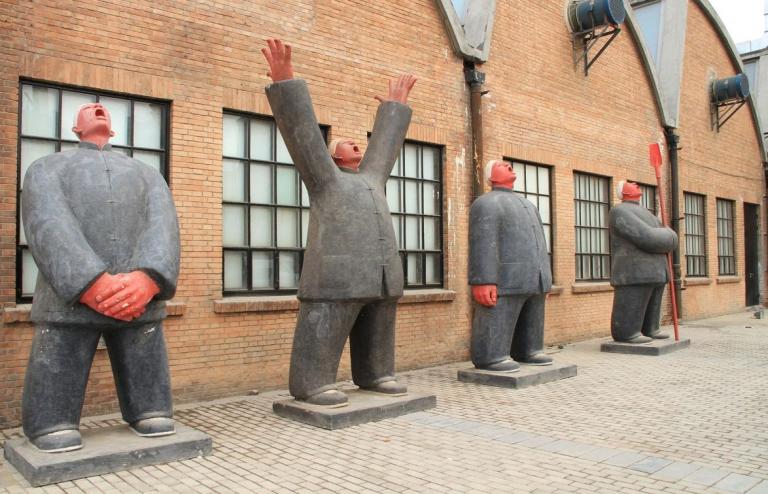
In 2002,designer Huang Rui and hutong photographer Xu Yong set up the 798 Space gallery next to BTAP.With its cavernous floor of 1200-m2and multiple-arched ceilings at the center of Factory 798,it was and still is the symbolic center of the whole district.(Huang and Xu since designed at least seven spaces in the area and became the prime movers and de facto spokespersons of the District.)A glass-fronted cafe was set up in the former office section at the back of the 798 space,leading to a back alley now lined with studios and n restaurants,such as Huang’s own At Cafe,and Cang Xin’s No.6 Sichuan restaurant,the area’s“canteen”.
In 2003,Lu Jie set up the Long March Foundation inside the 25,000 Li Cultural Transmission Center,an ongoing project for artistic re-interpretation of the historical Long March.Singapore-owned China Art Seasons opened of display for pan-Asian art,and was one of several new galleries setting up at that time.
